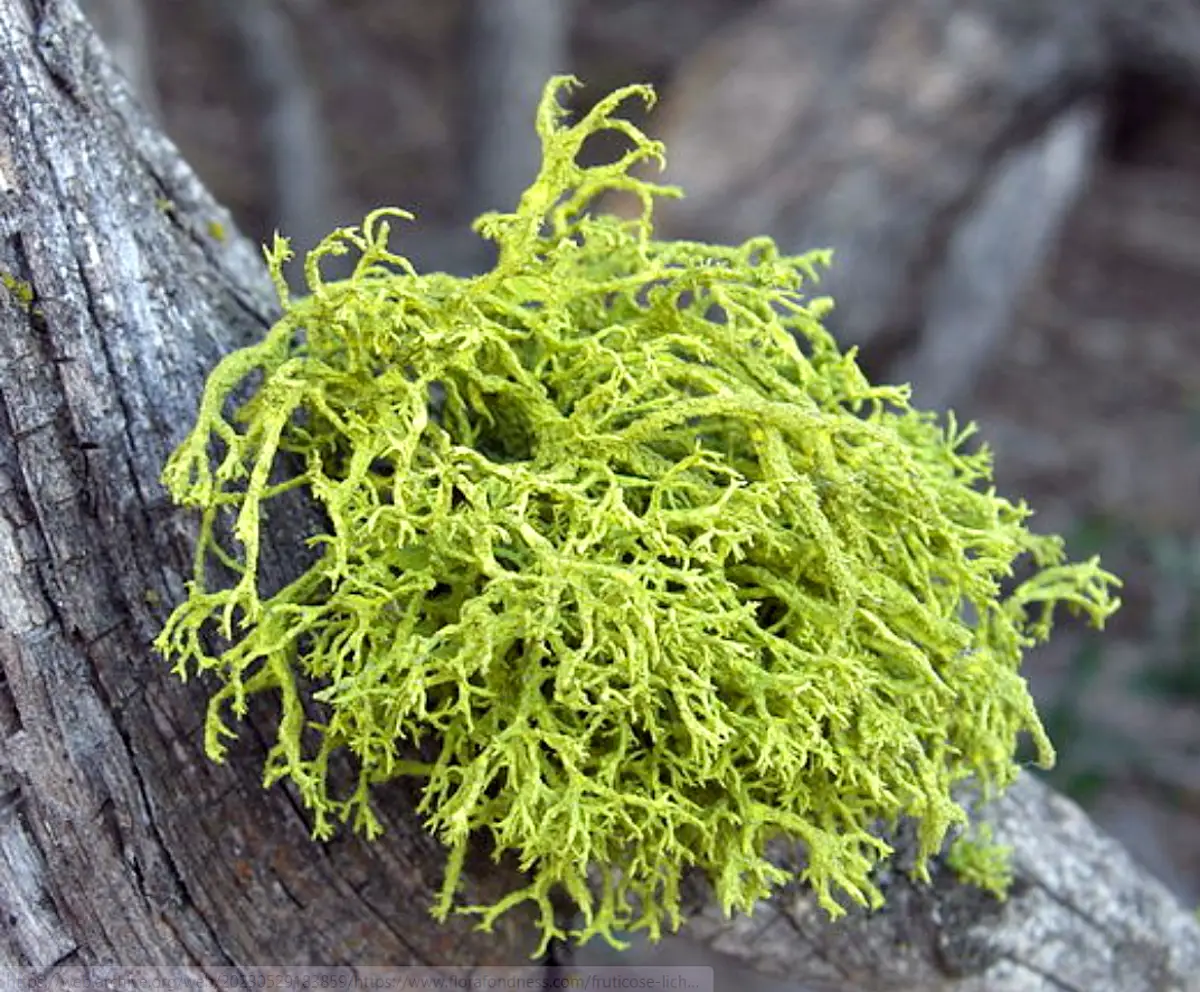Contents
STUDY OF EXTERNAL FEATURES OF THALLUS (FRUTICOSE LICHENS)
- These appear shrubby with cylindrical, flat or ribbon-like body.
- It is upright, generally branched and pendulous.
- It remains attached to the substratum by rhizoidlike structures forming a disc.
- The common examples include Usnea, Alectonia, Cladonia, etc.
STUDY OF INTERNAL STRUCTURE OF THALLUS (FRUTICOSE LICHENS)
- The transverse section appears almost circular.
- The internal structure shows four distinct regions, outermost cortex, the algal zone, medulla and the centrally located chondroid axis.
- Thallus structure is radially symmetrical.
- The cortex is made of closely packed and interwoven fungal hyphae. Intercellular spaces are absent.
- The algal zone consists of cell of unicellular green alga, Protococcus.
- Medulla follows the algal zone. It. consists of algal cells loosely mixed with fungal hyphae scattered in different directions.
- The central chondroid axis is made of longitudinally arranged, compact, thick walled and closely grouped fungal hyphae.
STUDY OF VEGETATIVE STRUCTURES OF FRUTICOSE LICHENS
- Vegetative propagation takes place by fragmentation, isidia and soredia.
- Fragmentation is the commonest of all the methods.
- Isidia develop as outgrowths of thallus. These develop into new lichen thalli after separating from the parent thallus.
- Soredia are bud-like outgrowths developing either from the entire surface or in localised patches called soredia.
- Soredia are developed in the gonidial layer.
- A soredium consists of a few algal cells surrounded by hyphae.
- Soredia get detached from the thallus and are carried away by the wind. Germination occurs on suitable substratum.


Leave a Reply